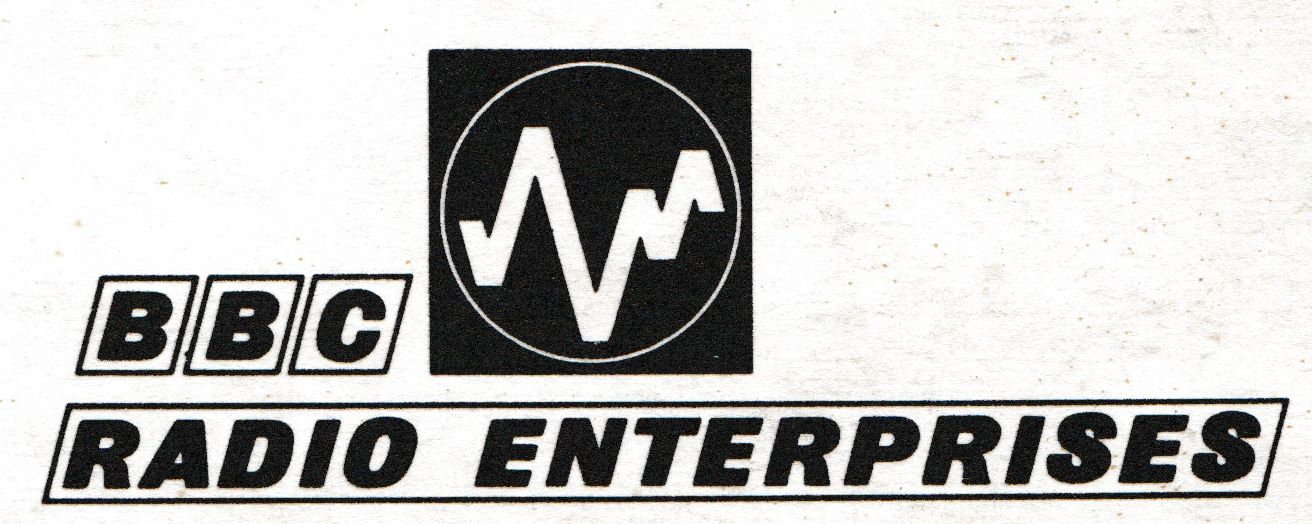
Contents
1967 – The Promotional Era
The BBC Radio Enterprises record label began releasing LPs in 1967. This was the beginning of a catalogue of records and tapes. That catalogue ran on in a sequence, often broken, over thirty years and for more than two thousand releases.
The first LP in that catalogue, the number one, numbered 1, record was Our Present Knowledge Of The Universe. The album was in the ‘educate’ portion of the BBC’s Reithian brief – a lecture on astrophysics by Sir Bernard Lovell, broadcast on 19th March of that year on the Third Programme. As a spoken-word record culled from a broadcast programme set out much of the future direction of the record label.
White & Orange and Black All Over.
The Our Present Knowledge… album first appeared in 1967 as a promotional release in a die-cut, company sleeve. Further records followed, also culled from radio broadcasts – apparently at random! – and in the same identical sleeves. This appears to have been a period of experimentation rather than commercial success, with small runs of some rather niche interest programmes. Hence the cheap and cheerful disco bags. BBC is picked out in the original 60s blocks logo and the rest of the text is in Clarendon LT Std Extra Bold. The address is an interesting addition. London W.1 is the central area of the capital where the BBC was headquartered at Broadcasting House on Portland Street. This is spelled out again on the label. There seems to have been a great sense of the importance attached to the location of the BBC as it appeared pictorially on BBC Library and Transcription records for a time too.
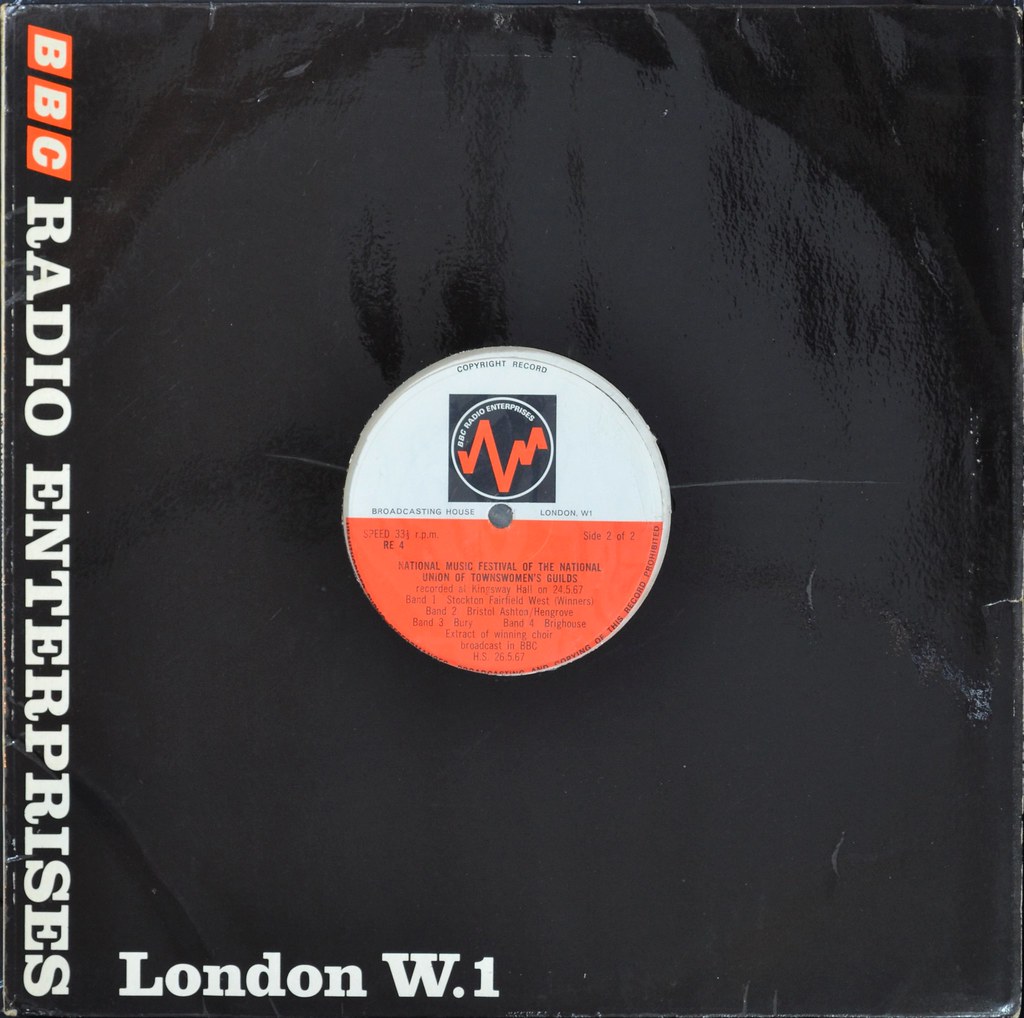
Cardio Grams?
The sleeve design complimented the labels with the black, white and orange colour scheme. The key design feature of these labels is the iconic pulse or ECG-like waveform in a circle. The idea seems to be an oscilloscope or an old-style heart monitor.
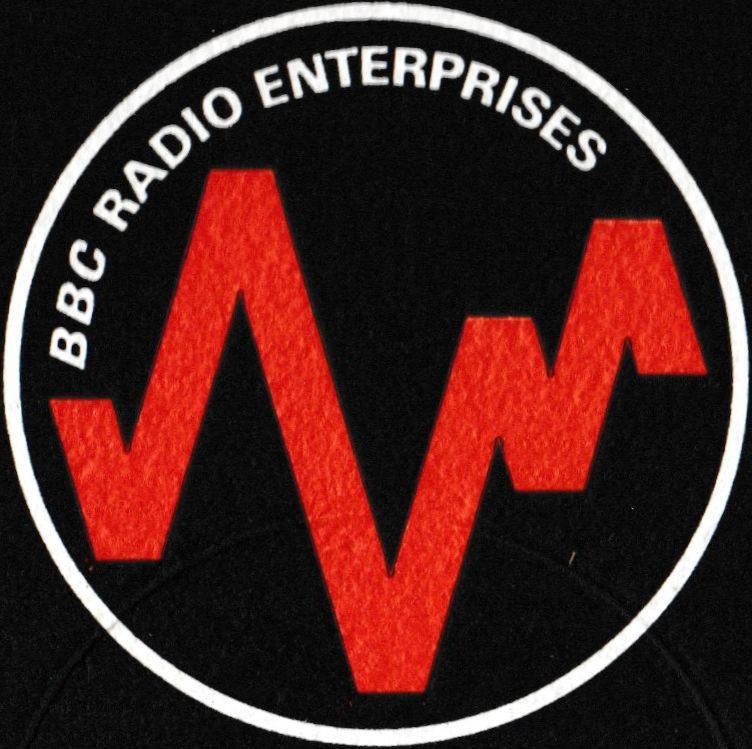
The convention of a catalogue number with the prefix RE for Radio Enterprises started here, but in 1967 there was nothing more than the RE and a number for each side on the labels. Some of the records only had one side and therefore one RE number. These numbers were assigned sequentially, using up a pair on every record and just one for the single-sided releases. This can cause confusion when listing catalogue numbers as strictly speaking these releases have two numbers. Even more strictly they don’t have a catalogue number at all and these are matrix numbers.
One ’67 record was produced exclusively for the Cunard cruise line with a beautiful colour picture sleeve, but was not available to the hoi-poloi at the local record shop or newsagent. The Great Queens is consequently very hard to find. In this and many other respects it’s the same as any other early RE releases. The only record from this era which is commonly available now is A I Remember. It’s possible that this was re-pressed in the following year though. See below, for more on that.
At the end of 1967 it seems things were going up a gear at BBC Radio Enterprises. Music Maker (RE 10) was the first, available in the shops, release with a proper flip-back picture sleeve, notes on the back and a catalogue number – or an early form of it, anyway. The colour scheme and design format is retained from the disco bag sleeves though.
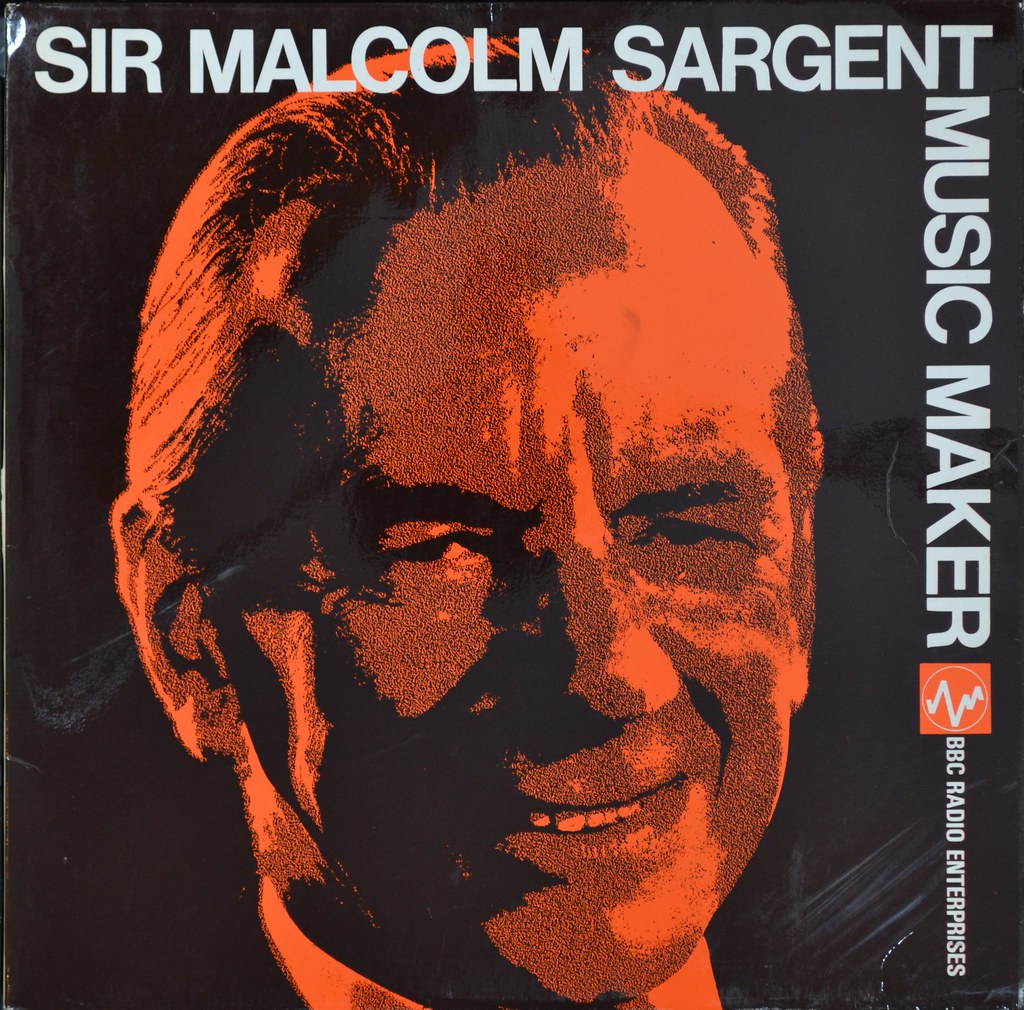

1968 – The real beginning
“A 12″ L.P. record (BBC 1005M, Price 32s. 6d.) of the two programmes in this series on Chichester and Guildford will be issued by BBC Radio Enterprises In February and will be obtainable from most retail stores.”
Radio Times – 14th January, 1968
That advert in Radio Times heralded the real start of records being released more widely by BBC Radio Enterprises. Britain’s Cathedrals And Their Music was also the start of the first series of records for the BBC. Three more BCATM series LPs were released with the last part of Sir John Betjeman’s tour of the diocese appearing in 1971. This record also got a colour sleeve with no trace of the 1967 boarding text and an unusual catalogue number. BBC was used as a prefix occasionally later on, but the number 1005 is a mystery for the ages. It did follow the previous pattern of matric numbers, being designated RE 16 / 17, but it was the last to do so.
The next record in that catalogue was the first to keep a single consistent number for the whole release. Number 18 is Stay Young With Eileen Fowler. The LP sides are matrix coded 18/1 and 18/2

Price Coding Confusion
After Stay Young with… there appears to have been another rethink on the catalogues and three things happened that created a lot of confusion for future collectors and researchers.
Firstly they began using price codes. This is very simple system where the letters after ‘RE’ in the prefix of the catalogue number denote the pricing category of the record. The first record to be given such a code from first issue seems to be REA 19, Born To Trouble. This price code A is, therefore, more expensive that REB 10, Music Maker.
This brings us to the second thing, and where the confusion really started. Music Maker was originally issued without a price code but was later reissued with one. The sleeve was redesigned to add the B. The labels stayed the same though. Stay Young was retrospectively given the price code REC, but its sleeve was never updated, even when it was reissued with later label designs including the REC 18 catalogue number. Our Present Knowledge was completely repackaged with a fabulous colour photo sleeve and A price code. It even had the labels redesigned to REA 1. Meanwhile, As I Remember remained in its simple company sleeve with the RE6/7 label numbers, although in later catalogues it was also given a price code of B.
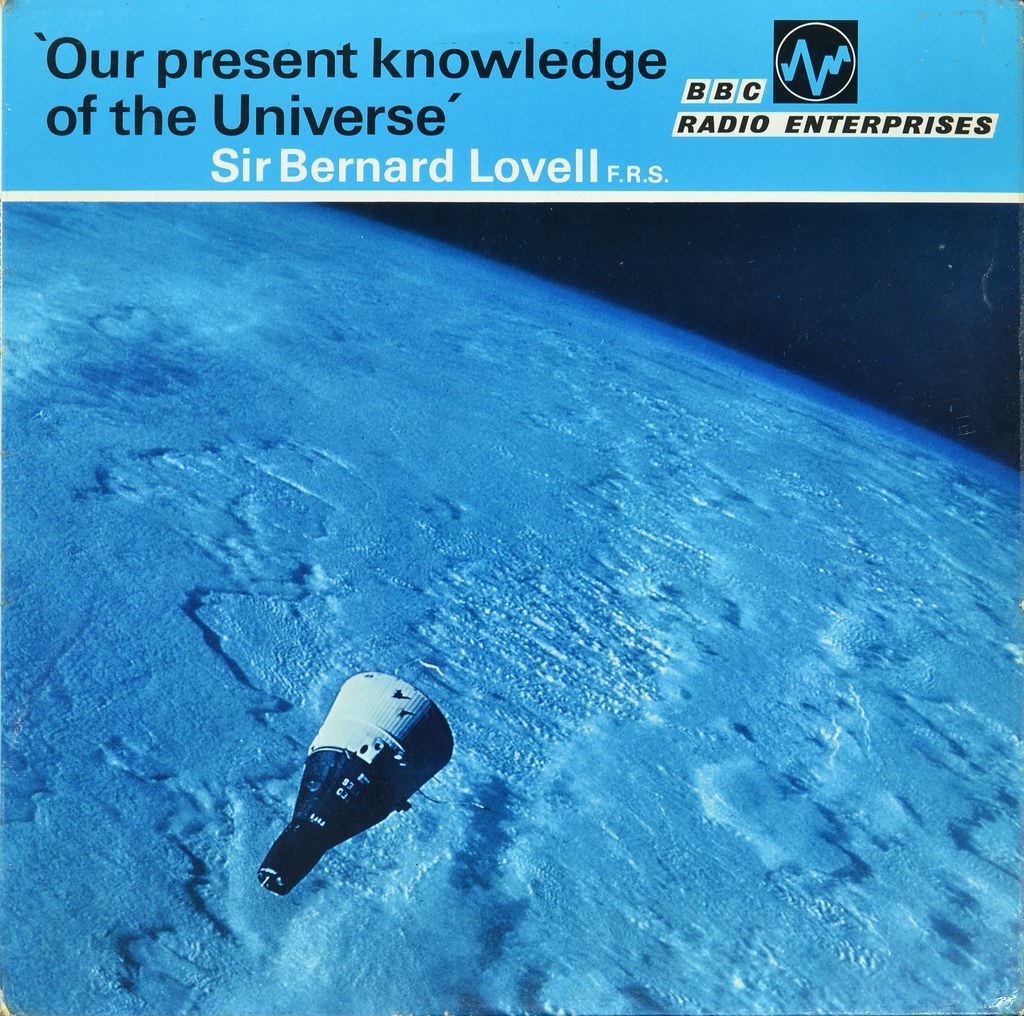
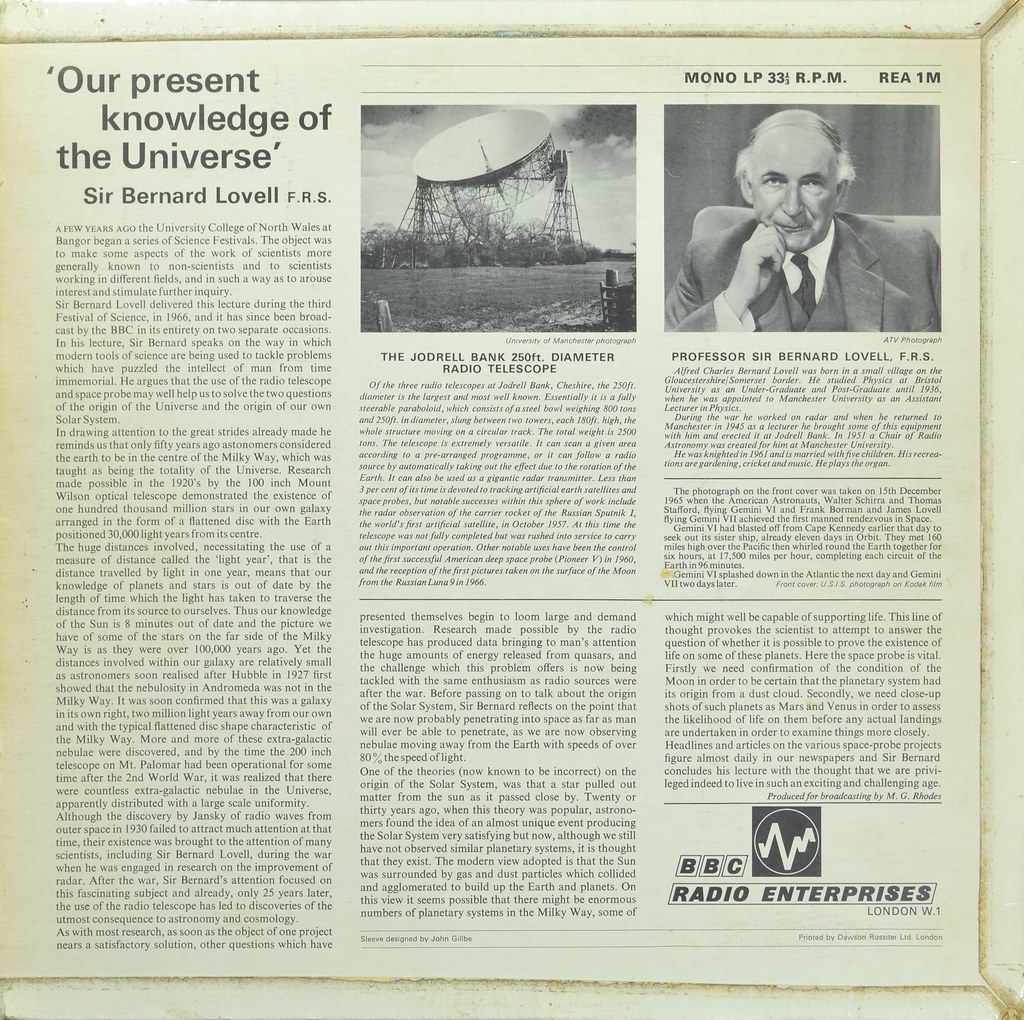
This price code chaos seems to have been occurring in the early half or so of 1968. Dear Freddy (REB 20), despite having a later catalogue number appears to have been released in May and Born To Trouble in September ’68. It’s not all clear when REA 1 was re-released, nor REB 10 so it’s hard to be precise about when the price codes really started appearing. Very careful analysis of slight variations in the layout of text on the labels may provide clues about when each release was being prepared, or just be another source of confusion.
There is a third and final area where confusion continues, but the reissuing of some records in 1968 and the rarity of the pre-price-code releases from 1967 (particularly RE1/2 as REA 1) already makes for a messy picture. This is tangle is the root of a lot of incorrect information on release dates. In the main you can trust the copyright dates for the year of release, although those appearing around the beginning and end of the year can be tricky and they didn’t start appearing till later anyway. It shows how the fledgling label was evolving though and keeps researchers busy.
Going For Gold
Near the end of 1968, a sub-label was launched, and they made real a pig’s ear of the numbering here too. The Gold Label was another price code, above or equal to the A code. The idea seems to have been that this was high-brow gear only. World music, great thinkers and poets – like the Third Programme on disc whereas the main label was Home Service. This wasn’t really how it was though. Classical music, albeit at the lighter end, and serious stuff like the aforementioned Betjeman’s trot round the country’s cathedrals appeared on the main label. Gold was perhaps more niche and discerning though. Appropriate to it’s lofty status the label was presented in gold with royal blue printing with the legend: A Gold Label Edition.
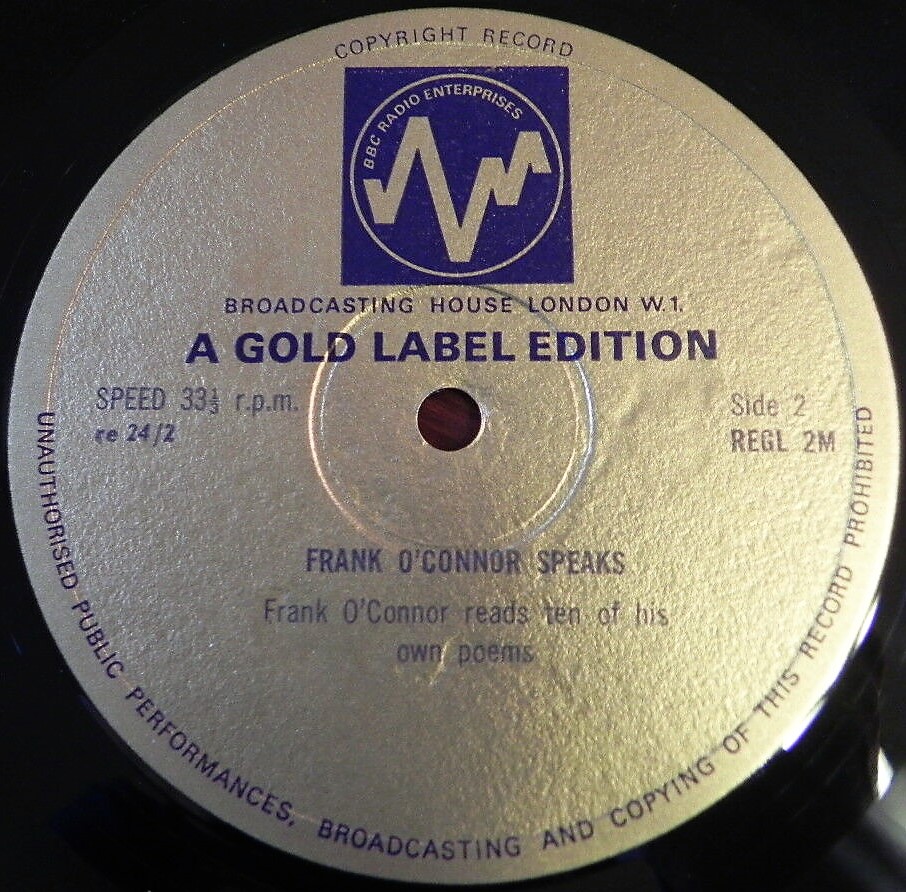
It was around this time in the last quetr of 1968, that the address was updated to Broadcasting House London W1.
Starting with Chinese Classical Music (REGL 1) the label/matrix numbers continued using the sequence from the main label. This first example has matrix codes or 21/1 & 21/2. Then the Importance Of Being Hoffnung has catalogue number REB 21 and matrix numbers 22/1 & 22/2. So now the catalogue numbers are getting out of sync with the matrix. Oh dear!
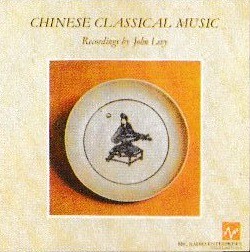

The fun didn’t stop there though. Later on they recognised that the discontinuity between catalogue and matrix codes was making mischief, but instead of fixing it some other way they reused the matrix numbers. Hence, Song Of Myself (REGL 3), Dohnanyi: His Last recital (REGL 4) and BBC Radiophonic Music (REC 25) all share matrix number 25.

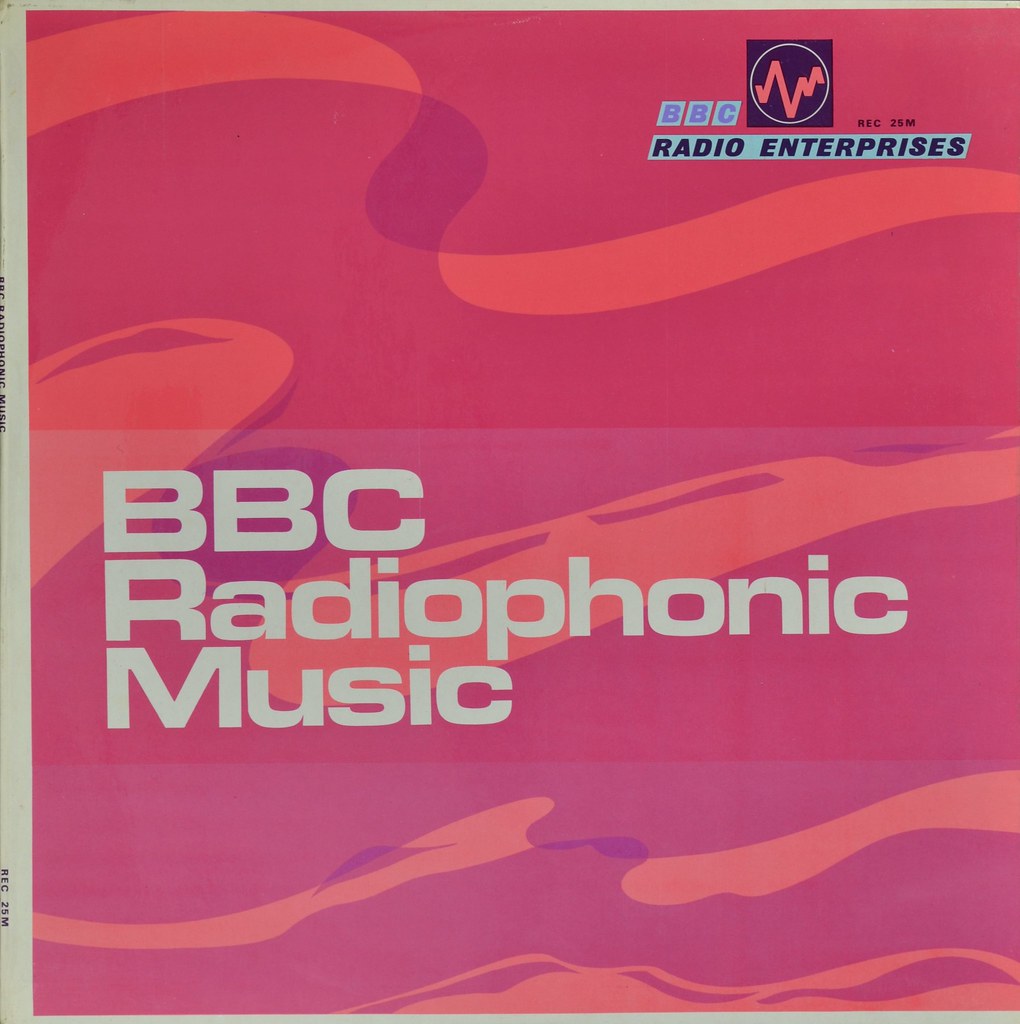
This was the end of the Gold Label, although it would return in a slightly different guise many years later. The releases after this point settled on matching catalogue and matrix numbers and eventually the matrix numbers were made to match the catalogue.
Despite sorting out many mysteries of this early period there is still much to understand. For example, End of Steam (REB 30) looks for all the world like a late-69 or 1969 release. However, a 1975 reissue as part of Railways Remembered (REF 190) places it as 1967. The lack of copyright dates on these early releases and the dearth of contemporary reports in the press to try and place the release dates make for a rich seam of research.
Better By Design
The first record which carries a credit for sleeve design is Stay Young.
Location
BBC Radio Enterprises moved around a bit in these early days. From Late 1968 the RE labels started including the location of Broadcasting House London. According to the Tenth Anniversary piece in Music Week it was actually somewhere else.
The label was based at the present headquarters of BBC Enterprises – which in addition to BBC Records and Tapes embraces TV Programme Sales, Merchandising, Exhibitions and Production Facilities — at Villiers House, Ealing.
Music Week 1st November 1975
At that time the present was 1975, so BBC Enterprises may also have moved around too, of course. This doesn’t seem to fit with the BH location on releases between 1968 and 1969 though. There are two BBC Radio Enterprises labels with the address ‘Villiers House Ealing W.5’. Valerie Tryon (REB 27) and British Prime Ministers (REB 39), both from 1969. Both of these are in the new BBC label sleeve designs, so they are transitional releases where the label and sleeve don’t match. And there’s nothing to suggest they were released earlier than other, similar records. Also in 1969 is the National Youth Brass Band of Great Britain (REC 38) dated 1970 with a BBC ‘e’ for Enterprises label and also the Villers House address. This is firmly in 1970 as the recording was from Easter of that year. This is a mystery for another part of this website to investigate further but there doesn’t seem to be a match between the story from Music Week and the dates and addresses on the labels!
In any case, Villiers House was built in 1966 and is still in BBC’s ownership. It sits atop the Ealing Broadway Underground station. If BBC Radio Enterprises moved there in their earliest days it might make sense because it was a new department and new offices needed filling.
After Villers House the record label was briefly at the home of the BBC Music Department, BBC Central Music Library and for a time the Third Programme/Radio 3, Yalding House, back on Portland Street. There are no dates for this residence. The next move last a while as it was down the road to The Langham, where they stayed for many years.
